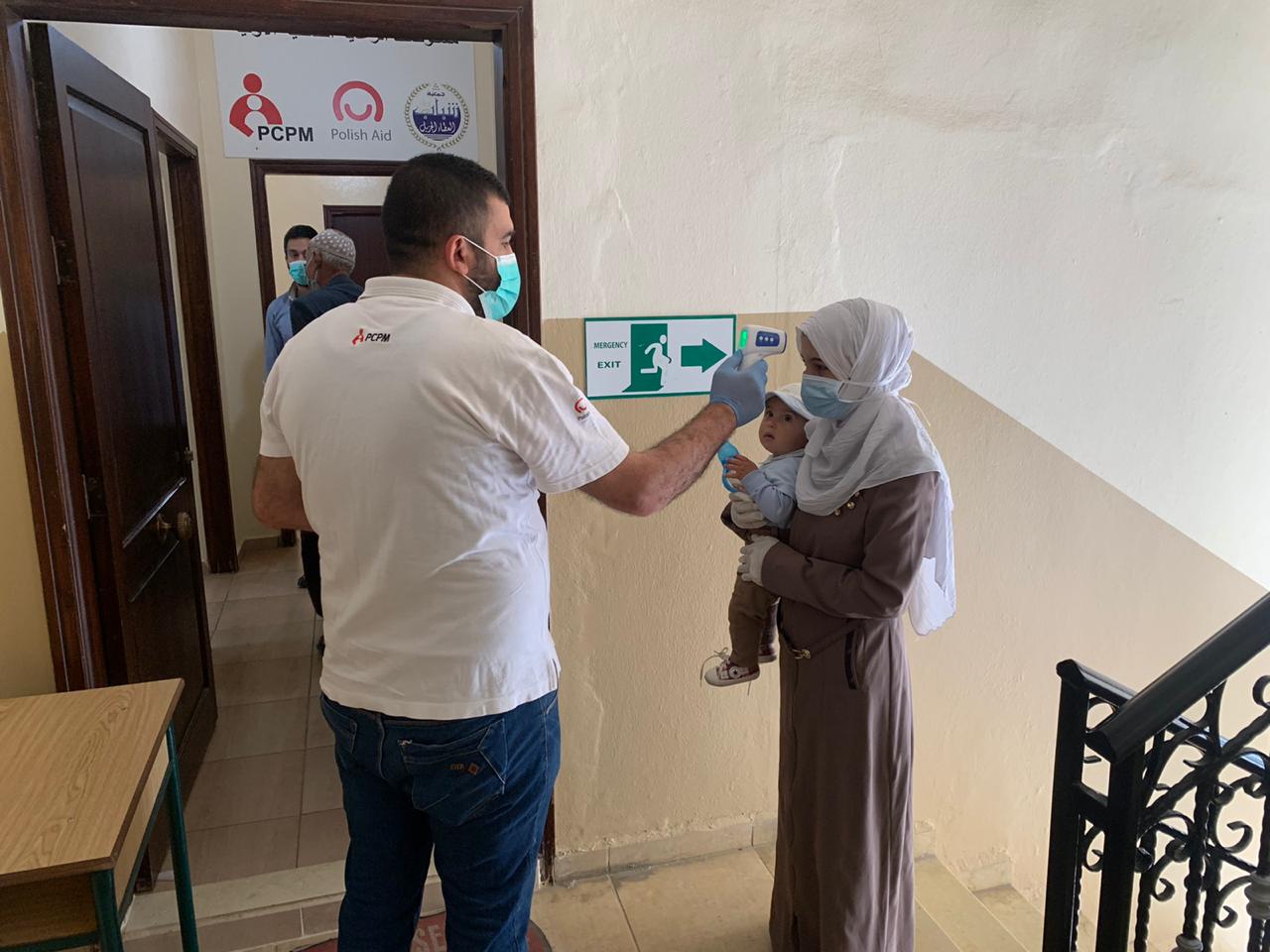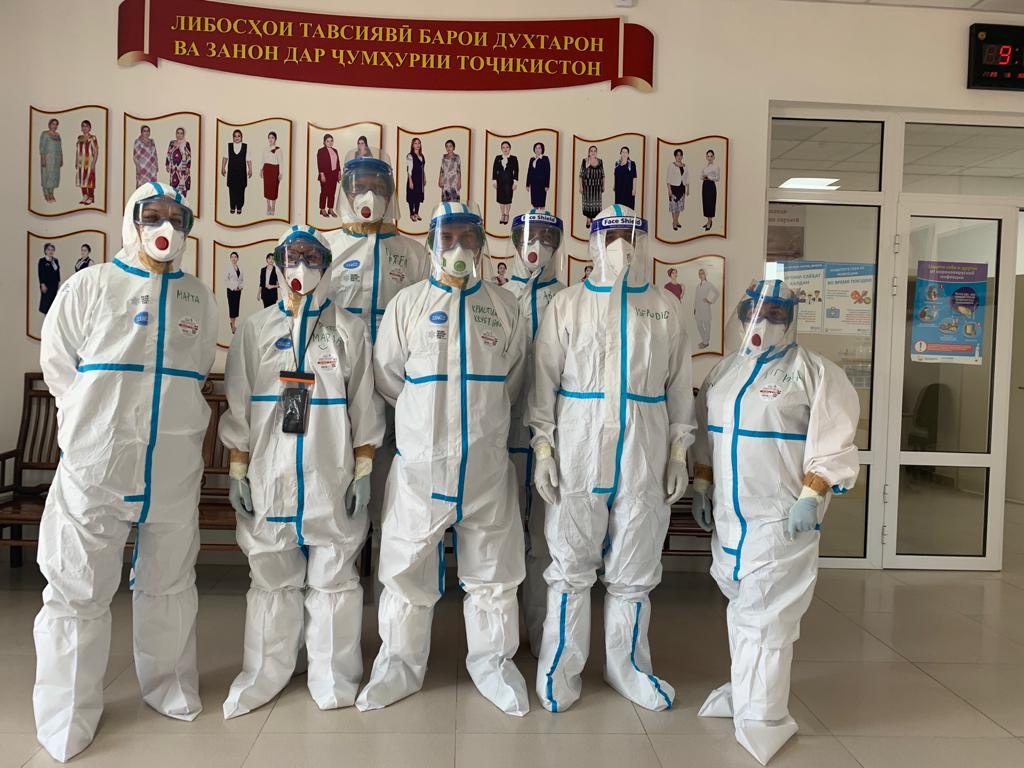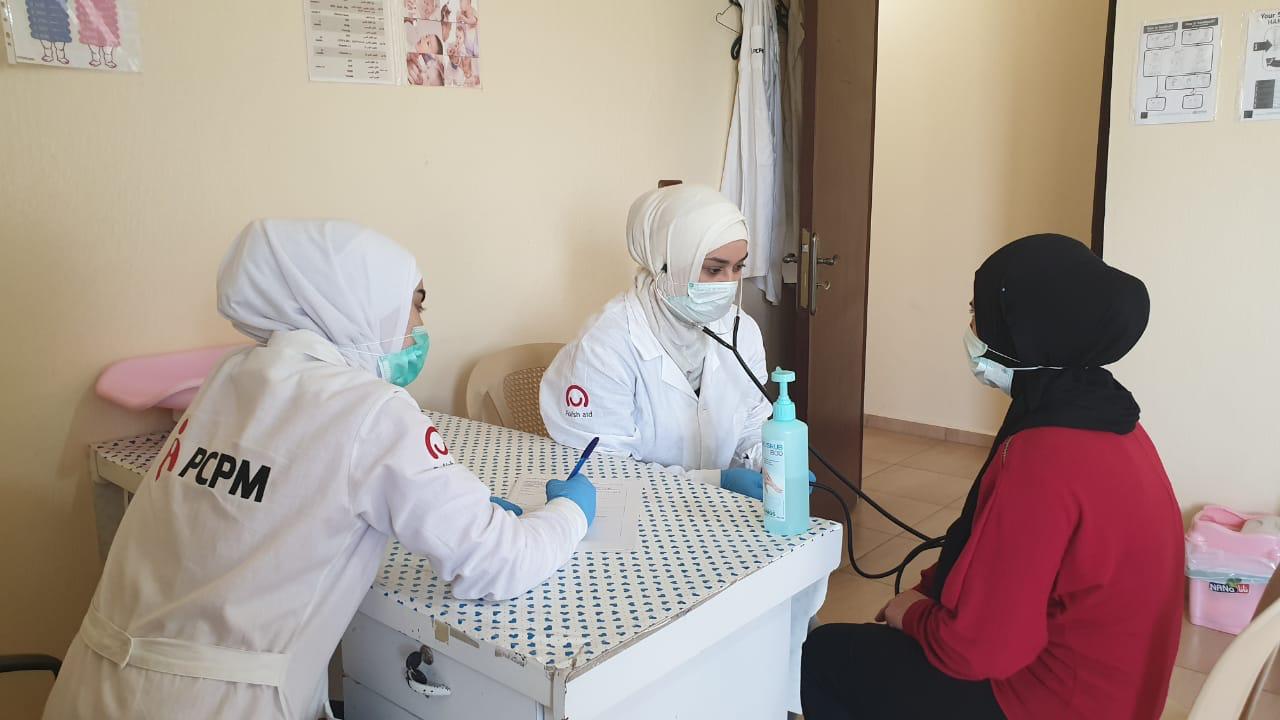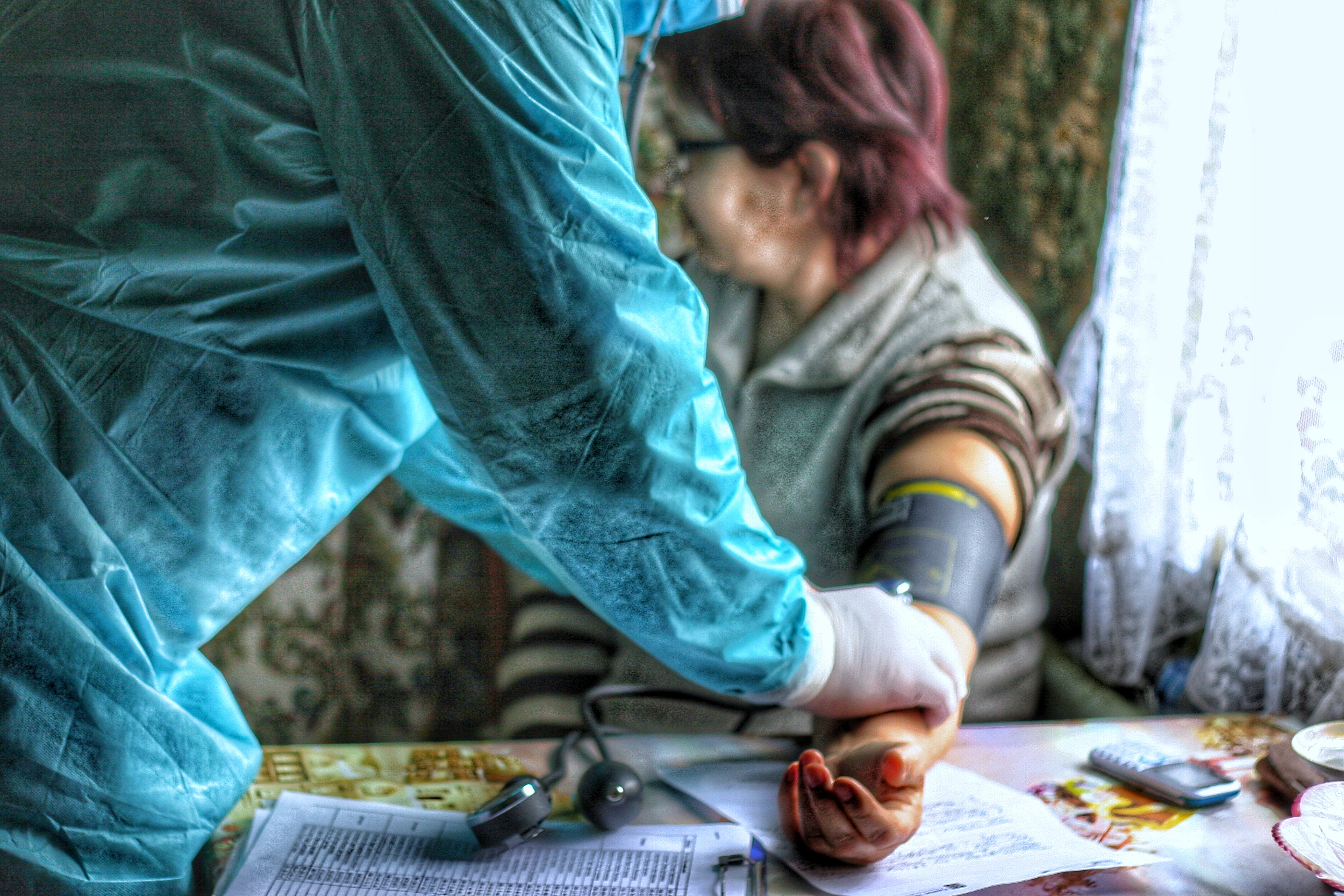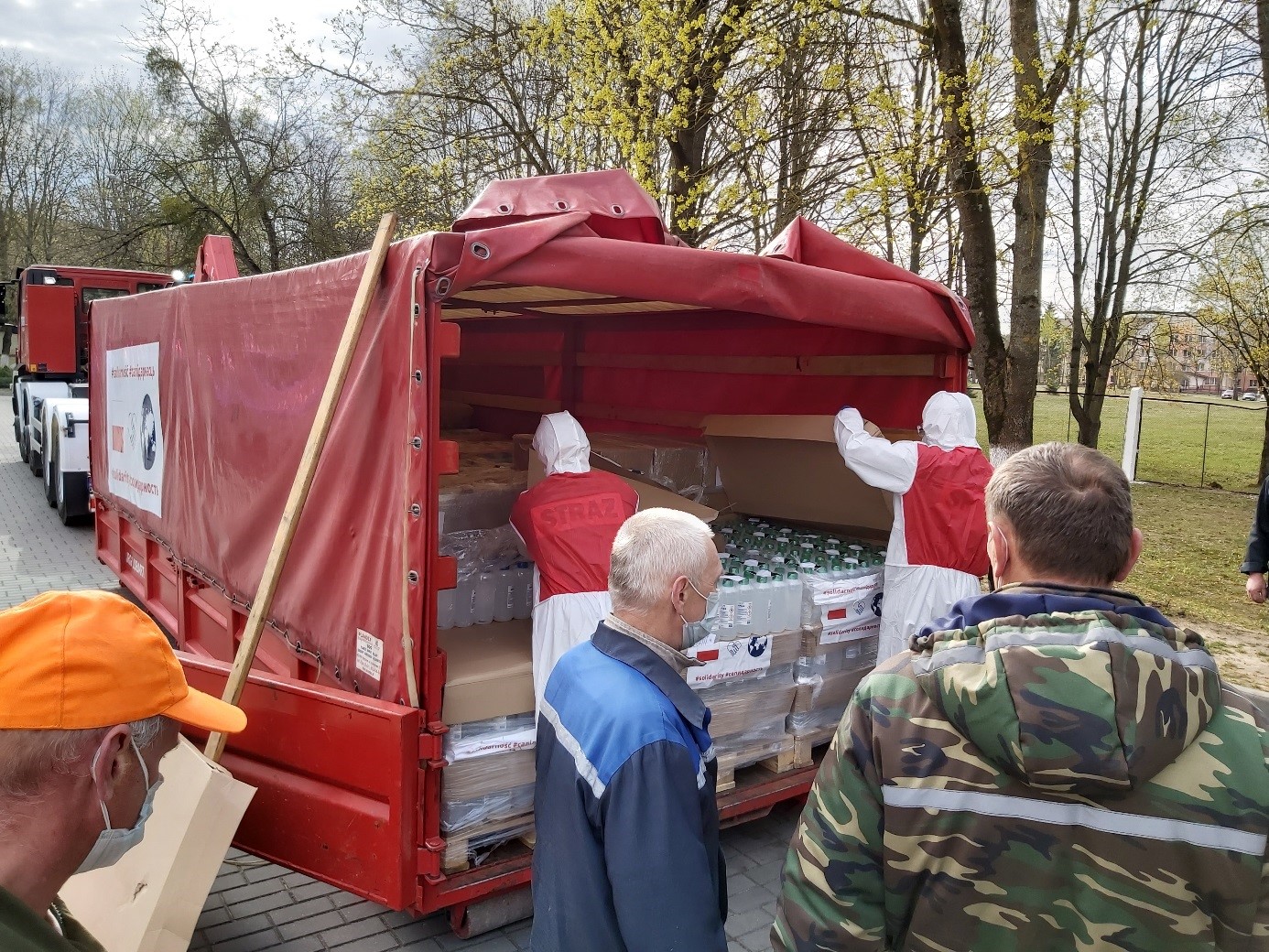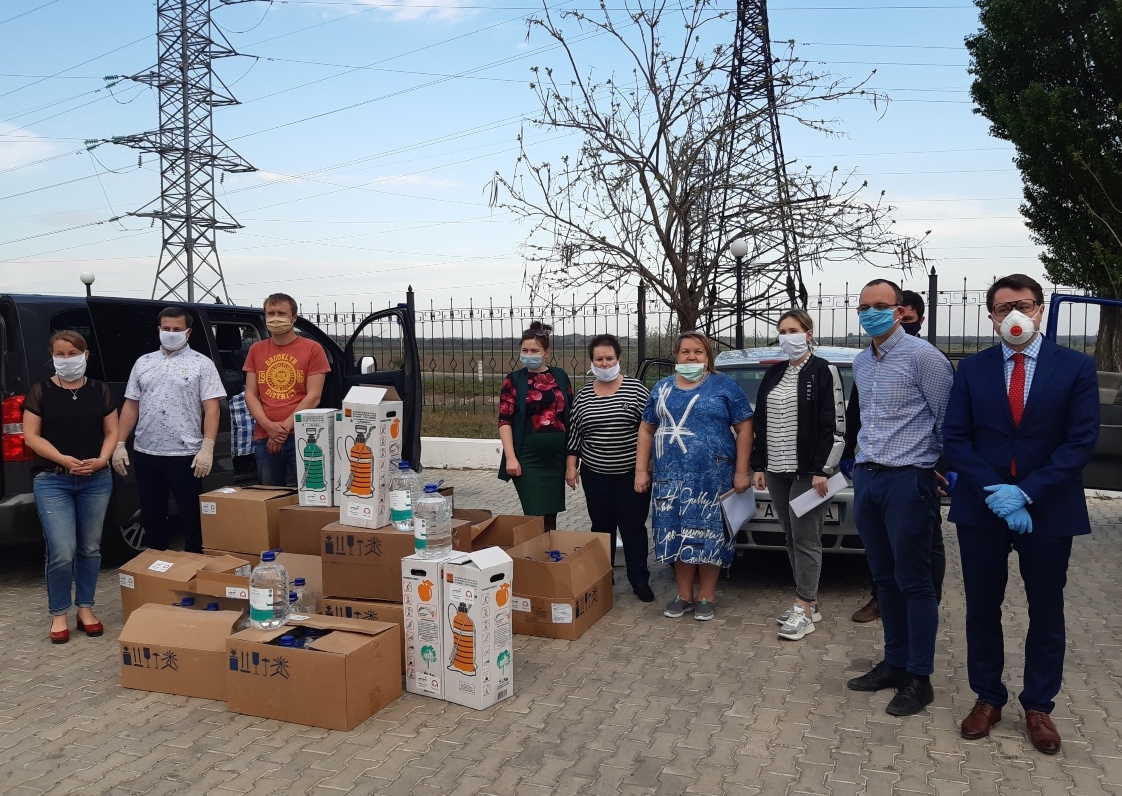COVID-19 pandemic and its impact on the safety of humanitarian workers
20.08.2020
This is the eleventh year that we mark World Humanitarian Day. This year commemoration comes as the world continues to fight the COVID-19 pandemic, which so far has killed more than 775,000 and infected almost 22,000,000.

In the recent months a sharp rise of infections has appeared in Africa, Asia, Latin America and the Caribbean over recent months. Aid workers are overcoming unprecedented access hurdles to assist people in humanitarian crises in 54 countries, as well as in a further nine countries which have been catapulted into humanitarian need by the COVID-19 pandemic.
The impact of the COVID-19 pandemic on humanitarian actions
COVID-19 is causing humanitarian needs to spike in a year when we are already facing unprecedented levels of vulnerability and need. As well as bringing devastating health impacts, the pandemic is bringing catastrophic economic suffering to countries already in a state of humanitarian crisis. It is pushing 40 to 60 million more people into extreme poverty according to the World Bank.
The number of acutely food-insecure people is expected to double, reaching 265 million, with the specter of multiple famines not far off, according to the World Food Programme. An additional 6,000 children could die every day from preventable causes this year as routine vaccinations are put on hold, and cases of measles, cholera and other diseases rise, according to UNICEF.
COVID-19 exacerbates pre-existing vulnerabilities and the risk of violence for marginalized groups. Its protection implications include mounting xenophobia, deportations, barring of access to, and forced movements of displaced groups; limits to freedom of expression, and arrests and detention linked to some lockdowns and curfews. We are seeing an increased risk of gender-based violence for women and children in lockdown situations.
Aid workers are working to prevent, contain and treat COVID-19, as well as keep up ongoing humanitarian operations and meet massive spikes in humanitarian needs – amid unprecedented access challenges and restrictions and dramatic funding shortfalls.
To overcome access restrictions, humanitarians are adapting aid delivery; increasing the proportion of aid that is transmitted as cash transfers; and setting up transport and logistics hubs to overcome travel restrictions.
Safety of humanitarian workers during actions
Since the start of the COVID-19 outbreak, there has been an increase in the number of reports of security incidents against health and aid workers , including threats and acts of violence against aid and health workers, their assets and aid facilities. The COVID-19 pandemic has made it more difficult than ever to stay and deliver.
Examples of incidents include protests against burials of COVID-19 positive doctors; attacks by police on health workers; attacks on hospital staff by COVID-19 positive patients for fear of being quarantined; vandalism of medical equipment; police assaults on NGO staff and health workers; and protests against health authorities at the lack of equipment. There are also reports of incidents of hostile attitudes linked to stigmatization and perceptions of foreigners or outsiders being vectors of COVID-19.
Since the COVID-19 outbreak began, the Surveillance System for Attacks on Health Care recorded 64 incidents of attacks on health care in nine countries experiencing complex humanitarian emergencies and COVID-19. This resulted in the deaths of more than 30 and injury of more than 70 health workers and patients, though the real figures are expected to be much higher. Civil unrests are worsening in some areas, including in CAR, Colombia, DRC, the Lake Chad Basin, Libya, the Sahel and Yemen - some of it linked to heavy-handed State responses and associated violence. The insecurity is also rising in areas where violence and insecurity were not major concerns before. Countries considered to be of high concern include Cameroon, Iraq, Niger, South Sudan and Yemen.
The ongoing challenge of ensuring the safety of humanitarian workers
In 2019, the World Health Organisation reported 1,009 attacks against healthcare workers and facilities, resulting 199 deaths and 628 injuries . Ninety per cent of all attacks worldwide were on national staff. There is no doubt that greater care is needed for the safety of national humanitarian workers and partners, including more resources to ensure the safety of personnel, better training and practices to protect national partners across the sector, and more effective strategies to prevent and combat security threats.
UN OCHA is developing a Duty of Care guidance and resources in the light of increased pressures and risks to staff linked to the COVID-19 pandemic. These guidelines will aim to promote the health, safety and well-being of all OCHA personnel.
The COVID-19 pandemic presents one of the largest economic downturns since the Great Depression. The outbreak of conflict is strongly correlated with poor economic conditions and severe downturns, with some evidence to suggest that the cause direction runs from economic conditions to conflict. If left unaddressed, the large economic shocks induced by the COVID-19 pandemic are likely to fuel conflict in the medium term and generate even larger need for aid and risk to aid workers.
